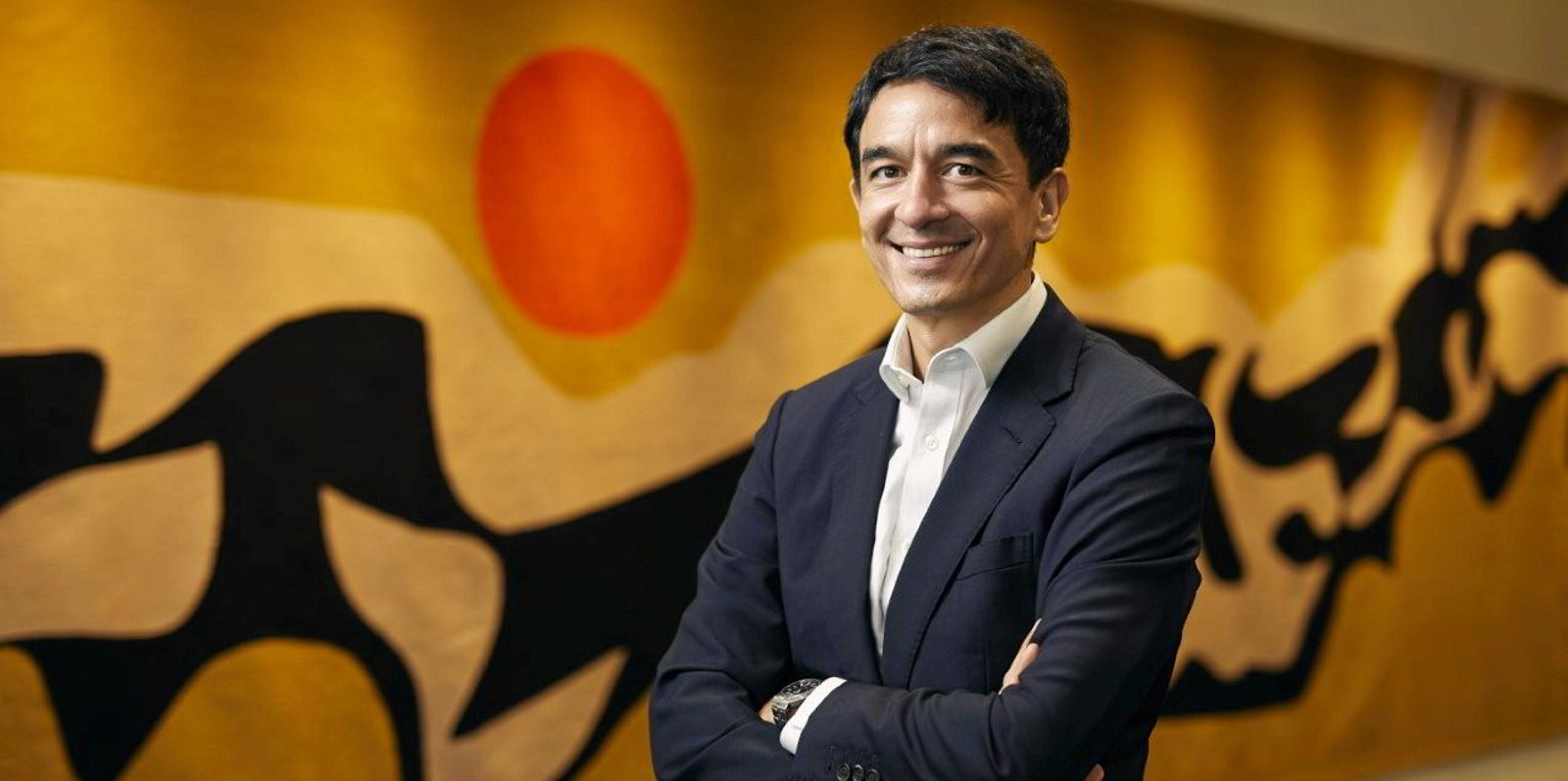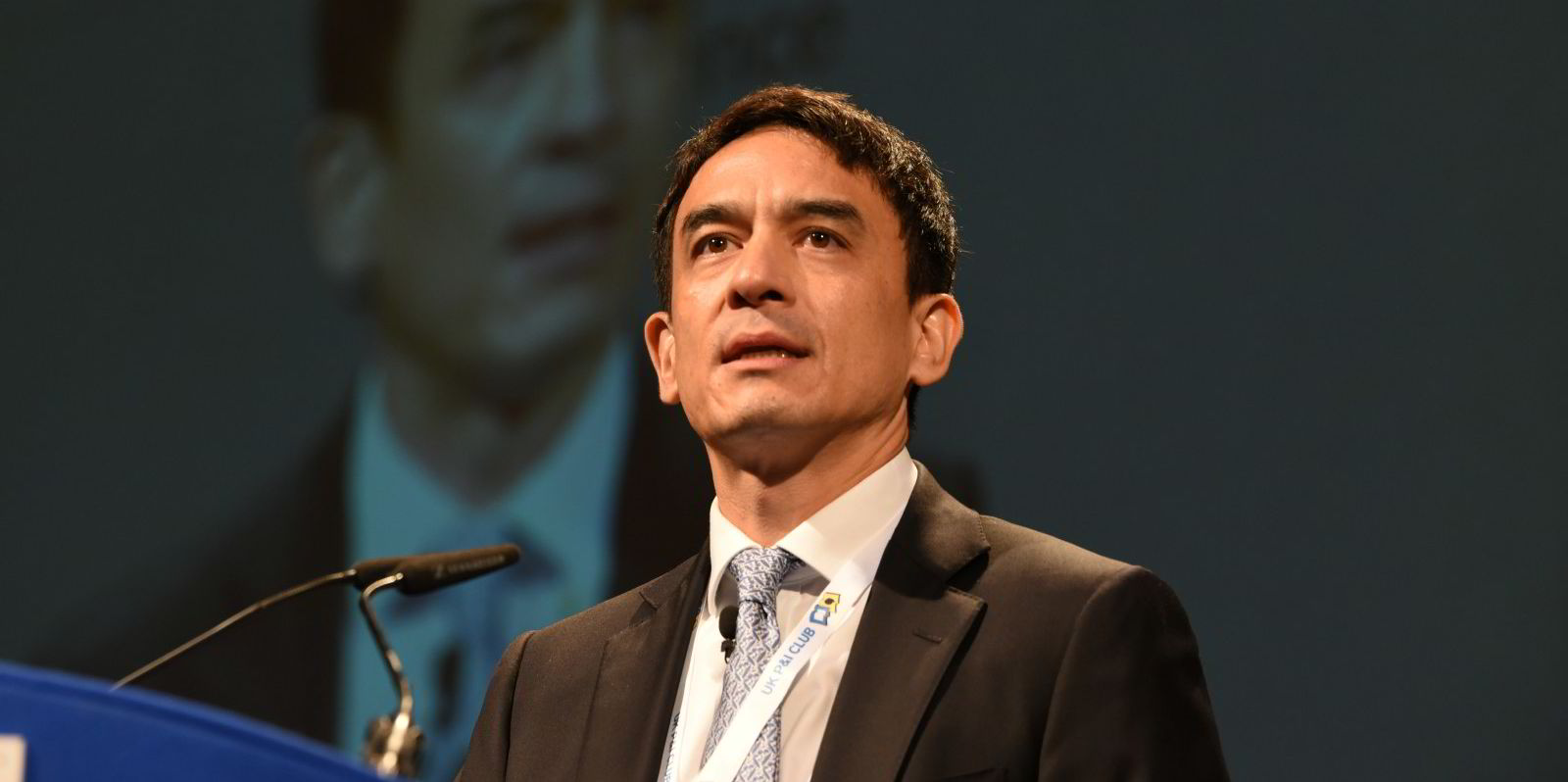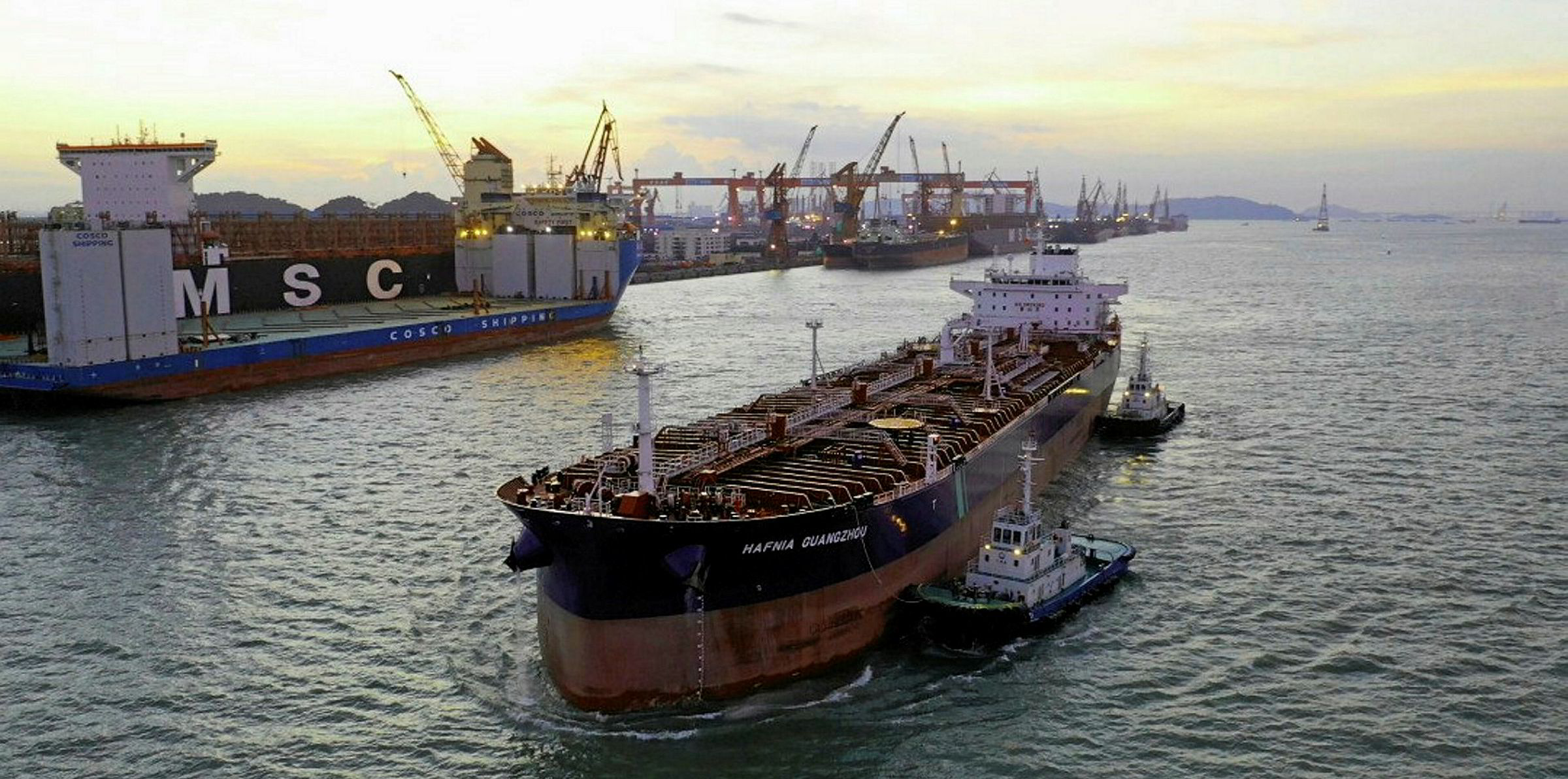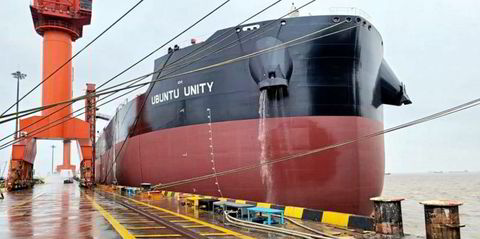BW Group’s latest sustainability report stresses the credentials of a group working hard to improve its performance but shows how difficult it is for even a committed company to make headway with decarbonisation.
The report covering environmental, social and governance (ESG) matters is introduced by BW Group chairman Andreas Sohmen-Pao, who said the company’s actions are underpinned by “a belief in doing the right thing”.
A founding member of the Maritime Decarbonisation Centre in Singapore, the group is investing $100m retrofitting LPG dual-fuel engines to 15 vessels in BW LPG’s fleet, the world’s largest of VLGCs.
Those engines will cut the ships’ emissions of SOx by 97%, particulate matter by 90%, CO2 by 25% and NOx by 20%.
Of some concern, though, is that the group's carbon emissions rose 3% to 6.6m tonnes while tonne-miles overall lifted 12% to 335,013 last year. The figures suggest some progress on fuel efficiency amid fleet expansion but at a slow rate.
BW LNG cut carbon emissions by 4% and BW Offshore chopped its output by 10%, while other subsidiaries added small percentage gains. The group reported significantly higher emissions from its BW Epic Kosan and BW Dry Cargo units – although these were down to fleet expansion in both cases.
Epic Gas’s merger with Lauritzen Kosan, completed in March to form BW Epic Kosan, resulted in its fleet growing 73% to 76 ships. BW Dry Cargo added six ships to end up with 15.
This expansion and related rises in cargo carried and distances travelled lifted BW Epic Kosan’s CO2 emissions 133% to 690,734 tonnes. BW Dry’s CO2 emissions rose 36% to 260,170 tonnes.
BW Group’s efficiency metrics were generally more positive, but only by relatively low figures – showing just how difficult it is to make significant improvements before new fuels and engine technologies become available.
In 2020, Hafnia — the group’s product tanker subsidiary — secured a carbon intensity Annual Efficiency Ratio (AER) by deadweight across its owned fleet of 5.7 grams per tonne-nautical mile. That is 5.6% below the current IMO baseline.
BW Group has set a goal for Hafnia to reach the International Maritime Organization’s 2030 target by 2028, which would reduce the current fleet’s intensity to 4.47 grams per tonne-nautical mile.
Hafnia’s AER figure is less comforting, though, in the context that it was only a 2% improvement on 2019.
More successful were BW LNG in cutting its AER by 12% and BW Dry showing a 20% improvement. But BW LPG and BW Epic Kosan were also in low single-digit percentage improvements.
However, BW Group is investing in new areas to facilitate decarbonisation, with subsidiaries BW Solar, which has a development pipeline of 1,5GW in the US and Canada, and Corvus, which provides battery energy storage systems for marine applications.
It is also working to improve its existing shipping assets through operational measures.
The company said: “We are on track to meet the IMO’s environmental goal of a 40% reduction in carbon intensity by 2030, and a 50% reduction in total annual GHG [greenhouse gas] emissions by 2050.”






